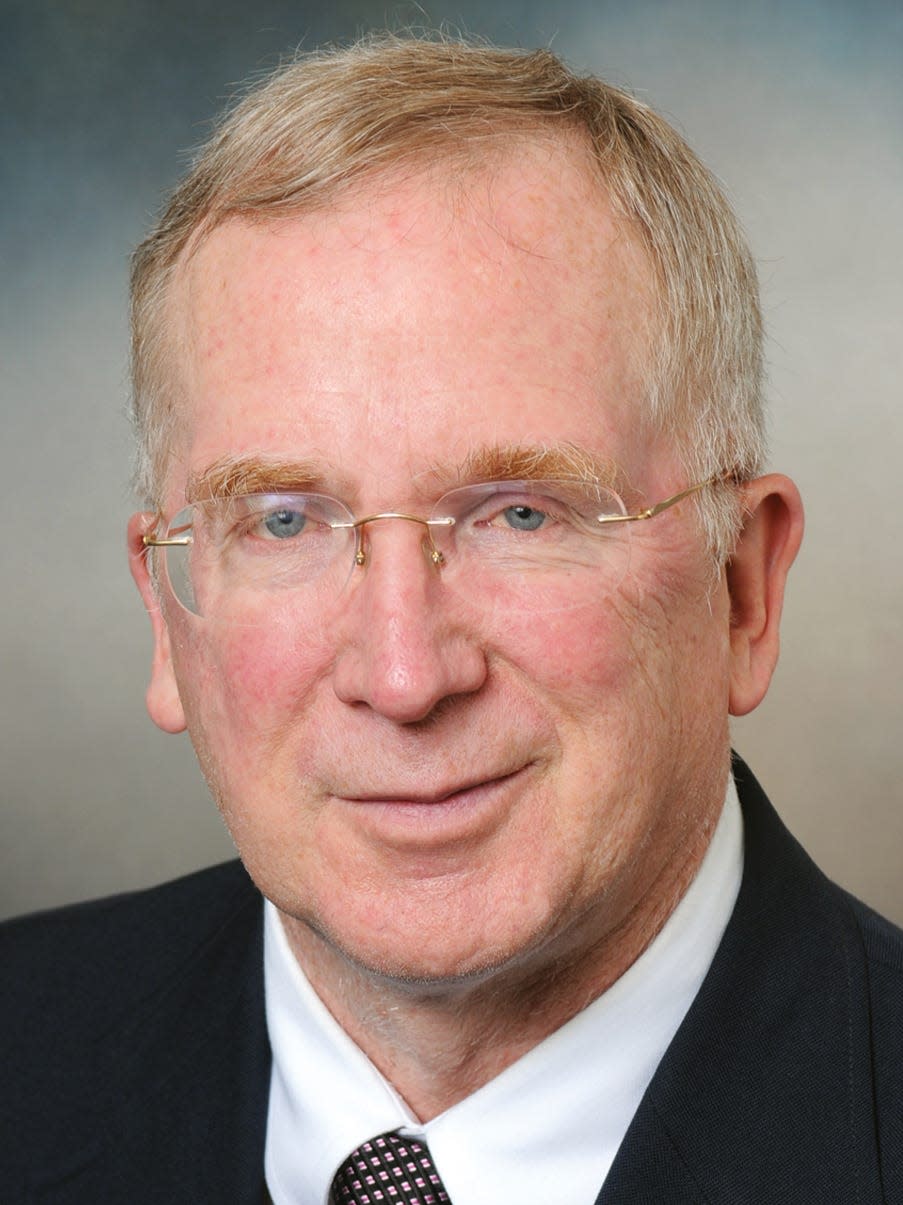Opinion: Medicare's physician payment policies hurt rural Americans
The Register’s editorial on Dec. 25 emphasized how rural America has been neglected by our politicians. One huge neglected rural disparity has been worsening each year since 1992, in health care.
Rural Americans make up 20% of America’s population, yet only 10% of physicians practice there. Rural Americans overall are sicker and die earlier than urban residents. The Center for Medicare and Medicaid Services (CMS) physician payment policies, in effect for the past 30 years, have been significantly responsible for this crisis, which has also worsened since the COVID-19 pandemic.
Janice Probst of the University of South Carolina and others, in a study published in the December 2019 Health Affairs journal, said that, “Rural populations suffer from adverse health outcomes, including poorer health and age-adjusted mortality.” They argued that “these disparities are due in part to declining health care provider availability and accessibility in rural communities. Rural challenges are exacerbated by “'structural urbanism' — elements of the current public health and health care systems that disadvantage rural communities.”

The researchers also wrote that “current models of health care funding … are innately biased in favor of large populations.” They argued that this bias "systematically shortchanges rural areas,” slowly draining rural America’s health care system and endangering the health of the U.S. rural population. They recommended changing the payment system to end this bias of “structural urbanism.”
Saint Louis University's Kenton Johnston and others, who studied why rural Americans have higher rates of adverse outcomes, reported in the December 2019 Health Affairs that rural residents had a 40% higher preventable hospitalization rate and a 23% higher mortality rate compared with urban residents. In analyzing the reasons for the higher rate of preventable hospitalizations and deaths, they found the biggest effect was due to a shortage in the “local-area supply of specialists, which explained 55% of the differences in hospitalization rates and 40% of the difference in mortality.” Johnston wrote that lack of access to specialists in rural areas “was the primary driver of higher mortality and preventable hospitalization rates among rural Medicare beneficiaries with chronic conditions.”
These authors recommended loan forgiveness programs and “differential payment rates” to increase the numbers of specialists in rural areas.
The payment policy of Medicare is just the opposite: Medicare’s 30-year-long policy has chronically reduced payments to rural physicians vs. urban physicians.
Texas Tech University researcher Gordon Gong and other authors, in another Health Affairs report, also came to the conclusion that the increasingly higher mortality rates in rural areas were due to three main factors: socioeconomic deprivation, lack of health insurance, and physician shortages in rural areas. They stated that “rural dwellers would have lived longer than their urban counterparts had their socioeconomic conditions and access to health care been similar.” They also recommended federal policy changes to improve physician supply.
Medicare physician payment policies that discriminate against rural physicians date back to 1992, when CMS began adjusting regional physician payments, with “geographic practice cost index,” or GPCI, methodology.
These GPCI Medicare payment adjustments to every physician service are indexed by regions, and have been used in 89 regions of the country, basically to increase urban physician Medicare fees and reduce rural physicians’ fees. These adjustments vary for each GPCI region, and result in large differences in Medicare reimbursements from one region to another. Iowa’s physicians are now paid nearly the lowest Medicare physician payment rates compared with other regions. The result of GPCIs is not debatable. GPCIs cause rural physician Medicare payments to be up to 30% less for evaluation and management codes and up to 50% less for diagnostic and imaging tests vs. urban physicians. These GPCI disparities result in many Medicare payments for rural services being less than the cost to deliver the service.
This large Medicare payment policy differential has led to severe difficulty recruiting and retaining physicians in rural areas. Though payment cuts may not be the only reason that physicians don’t choose to practice in rural America, suggested remedies for the physician shortage have certainly involved changing geographic payment disparities.As noted by these researchers, the increase in preventable hospitalizations and mortality arises in large part from physician specialist shortages in rural America.
It is time to end this bias of “structural urbanism” and Medicare’s chronic discrimination against rural physicians and residents. Medicare’s biased payment policy is significantly responsible for higher rural sickness and death rates. It is time our federal legislators change Medicare payment policy to remedy rural Americans' health disparities.

Dr. Michael Kitchell is a neurologist who practices in Ames.
This article originally appeared on Des Moines Register: Opinion: Medicare's physician payment policies hurting rural Americans

